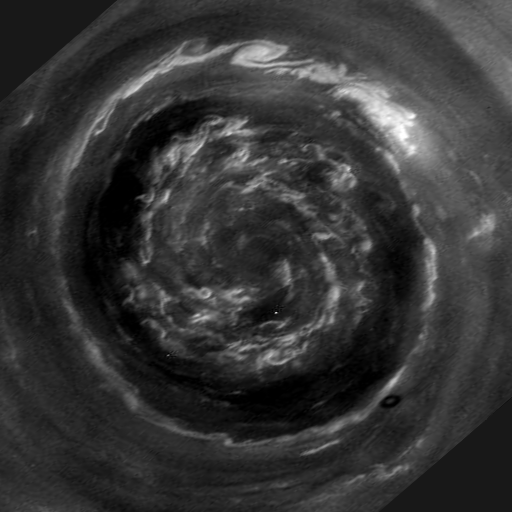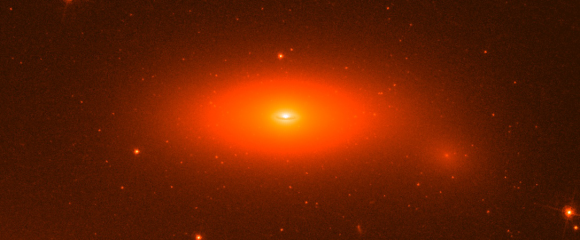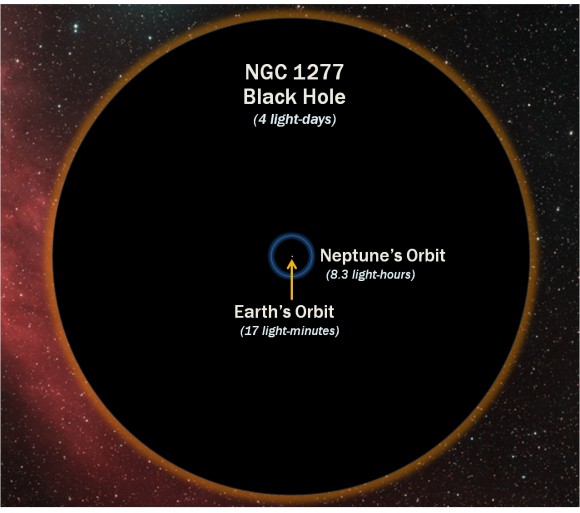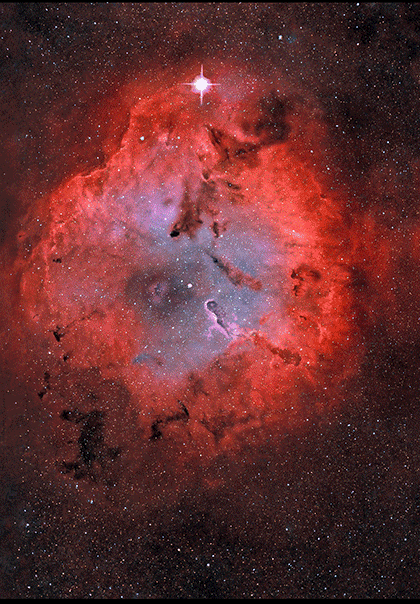Yes, in a life of a star there is a constant battle between gravity (that's pulling in) and nuclear fusion energy (that's pushing out).
So when a super giant star runs out of its fuel, gravity wins and starts squashing everything inward to the size of a city until it rebounds launching a supernova explosion leaving behind a small super dense object.
In that implosion the densities become so high that the protons and electrons get squeezed together to form neutrons, all the air of the atoms gets squeezed out of it and all that is left is a ball of neutrons which we call a Neutron star or a Pulsar.
Neutron star is a baby black hole that will never become one

Good BBC documentary on stars (hour and a half):
http://www.youtube.com/watch?v=l9JCqZak9n4
Every atom that gets eaten by black hole is stored somewhere and remembered, they can eat stuff and grow or they can spit stuff and eventually evaporate.
Also, I think that the black holes are extreme Neutron stars that are spinning faster then the speed of light...
















